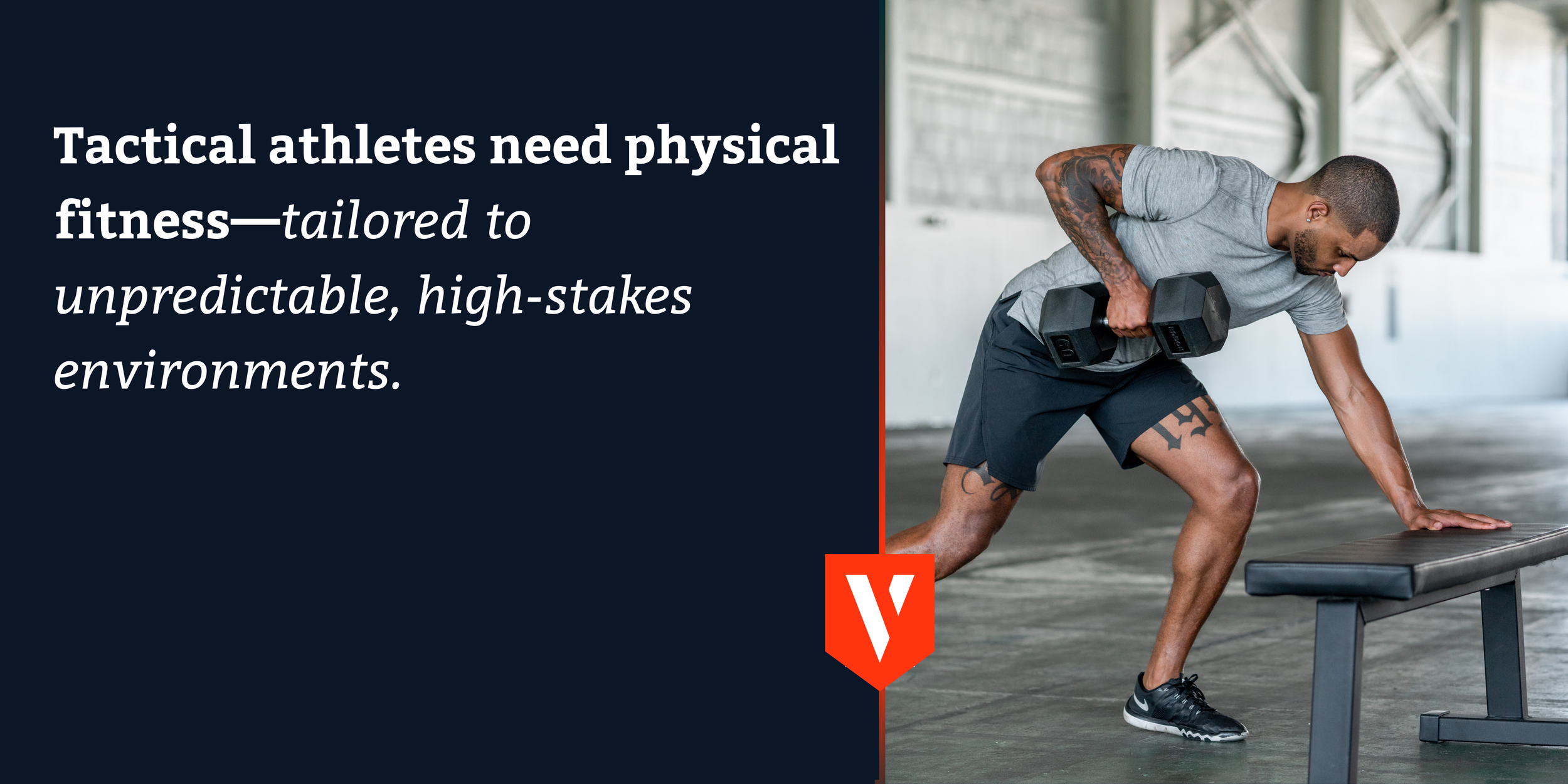Fit for the Frontline: Adapting Sports Training Principles for Tactical Performance
/Summary of Article:
Tactical professionals require adaptable training due to unpredictable schedules, limited equipment, and diverse fitness levels. This article explores how principles from sport performance—like periodization, RPE scaling, and hybrid conditioning—can be applied to support readiness in military, law enforcement, and fire service roles.
Athletes in traditional sports rely on strength and conditioning to boost performance and reduce injury risk. Tactical athletes, like those in the Military, Police, and Fire and Rescue, also need physical fitness—but tailored to unpredictable, high-stakes environments.
Below are key challenges and needs unique to tactical athletes—and actionable ways coaches and leaders can empower them to stay prepared and resilient in the face of these demands.
Overall Recommendation: Identify and prioritize the specific training needs for each of your individual tactical athletes (try using THIS needs analysis as a jumping off point).
Accounting for Unpredictable Environments
Sport athletes have seasonal training schedules, allowing coaches to plan cycles of fitness, peak performance, and recovery. Tactical athletes, however, must be ready at all times and often lack recovery periods.
Recommendations for Coaches:
Emphasize Adaptive Training: Create flexible programs that can shift from high-intensity to recovery-focused depending on daily demands.
Quick-Impact Workouts: Develop short, effective workouts that don’t impair readiness. For instance, emphasize movement quality over load during high-stress weeks.
Use RPE Scaling: Introduce Rate of Perceived Exertion (RPE) as a way for athletes to self-regulate workout intensity based on their day-to-day condition.
Minimal Equipment and Limited Access to Coaching
Tactical athletes often have limited access to training equipment, especially when deployed, and lack the guidance sport athletes regularly receive from strength coaches.
Recommendations:
Portable, Bodyweight Options: Incorporate bodyweight and minimal-equipment workouts that are easy to do in limited spaces (e.g., sandbags, water jugs).
Self-Coaching Tools: Provide instructional videos and breakdowns for movements that help athletes self-assess and adjust on the fly.
Cultural Buy-In: Design programming with contingency plans, like Plan B workouts, and build awareness on how fitness translates to job effectiveness.
Balancing Multiple Training Needs
Tactical athletes need strength, power, and endurance simultaneously, which requires balancing these often conflicting training qualities to avoid undermining any one area.
Recommendations:
Periodized Hybrid Programs: Cycle emphasis on endurance, power, and strength across weeks or months, depending on work demands. For instance, mix shorter endurance sessions with strength-focused circuits.
Concurrent Conditioning: Develop cross-functional sessions that incorporate endurance with low-to-moderate strength training to build resilience without risking fatigue.
Performance Benchmarks: Set realistic, balanced benchmarks for each fitness quality, recognizing the need for versatility over specialization.
Leveraging Auto-Regulation for Varied Abilities
With tactical teams comprising a range of experience levels, training must be scalable. A captain with years of experience and a new recruit can’t train identically yet must both achieve readiness.
Recommendations:
Individualized RPE Monitoring: Integrate RPE and subjective wellness assessments so each athlete can adjust intensity to their recovery needs.
Program Scaling: Offer scalable versions of workouts, where athletes choose a level (beginner, intermediate, advanced) or adapt the number of sets/reps to meet personal capabilities.
Regular Check-Ins and Adjustments: Schedule brief wellness and performance reviews to reassess and reframe each athlete’s approach based on current readiness and injury prevention needs.
These actionable steps can ensure tactical athletes receive training as targeted and adaptable as the demands of their roles.









